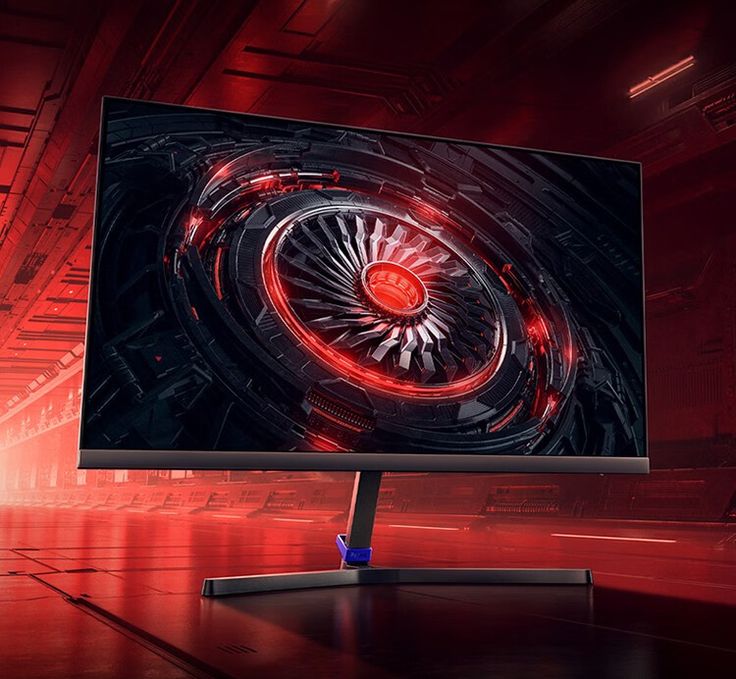When it comes to gaming, the monitor you choose plays a pivotal role in your overall experience. A gaming monitor isn’t just about display size—it’s about clarity, refresh rate, resolution, and response time, all of which contribute to a smoother, more gameplay experience. Whether you’re a competitive esports player or a casual gamer, the right monitor can significantly improve your gaming performance and enjoyment.
Why the Right Gaming Monitor Matters
In gaming, performance and visual quality can make all the difference. Having a monitor that supports high refresh rates, low latency, and stunning resolutions ensures that every frame of the game is rendered in detail, providing you with a competitive edge. Here’s why choosing the right gaming monitor is crucial:
- Smooth Gameplay: The refresh rate of a monitor determines how often the image on your screen is updated per second. A higher refresh rate translates to smoother gameplay, especially in fast-paced games like first-person (FPS) or racing games.
- Reduced Motion Blur: With faster refresh rates and lower response times, motion blur is minimized, allowing you to see fast-moving objects and enemies with greater clarity, making your gameplay more accurate.
- Visuals: A gaming monitor with high resolution offers stunning visuals, making the game world come to life. Whether you’re exploring open-world games or engaging in intense game, sharp, detailed visuals create a more experience.
- Competitive Advantage: In competitive gaming, having a monitor with a fast response time and high refresh rate can give you a split-second advantage over your opponents. This means fewer missed shots, quicker reactions, and better overall performance.
Key Features to Look for in a Gaming Monitor
When selecting the right gaming monitor, several key features can enhance your gaming experience. Let’s break down the most important aspects to consider:
1. Resolution
Resolution refers to the number of pixels displayed on your screen. The higher the resolution, the sharper the image. For gaming, the most common resolutions are:
- 1080p (Full HD): The standard resolution for most gamers. It provides good quality and works well for most setups, especially if you’re using a mid-range graphics card.
- 1440p (Quad HD): Offers more detail and sharpness than 1080p, perfect for those who want better visuals but don’t want to push their hardware as much as 4K.
- 4K (Ultra HD): Provides ultra-sharp visuals and is perfect for high-end gaming setups. However, 4K gaming demands powerful hardware, including a high-end graphics card.
2. Refresh Rate
The refresh rate is the number of times the monitor refreshes the image per second. A higher refresh rate results in smoother gameplay. For competitive gamers, a high refresh rate is crucial. Common refresh rates include:
- 60Hz: Standard for general use but can lead to screen tearing in fast-paced games.
- 120Hz or 144Hz: Ideal for most gamers, offering a noticeable improvement in smoothness and responsiveness.
- 240Hz or 360Hz: Top-tier refresh rates for professional esports players. These monitors provide extremely smooth and fast gameplay, ensuring the best performance in high-speed competitive gaming.
3. Response Time
Response time refers to how quickly each pixel can change color, typically measured in milliseconds (ms). A lower response time reduces motion blur, making fast-moving objects in games clearer. For competitive gaming, a response time of 1ms to 3ms is ideal.
4. Panel Type
The type of panel used in a gaming monitor affects both the visual quality and the overall performance. The three most common panel types are:
- IPS (In-Plane Switching): Known for excellent color accuracy and wide viewing angles. IPS panels are great for those who prioritize vibrant colors and want the best visual quality for a wide variety of games.
- TN (Twisted Nematic): Offers faster response times and higher refresh rates at a lower cost but typically has poorer color accuracy and viewing angles compared to IPS.
- VA (Vertical Alignment): Provides better contrast ratios than both IPS and TN panels but usually has slower response times. VA panels are great for gamers who enjoy story-driven games with rich visuals.
5. G-Sync and FreeSync
Both G-Sync (by NVIDIA) and FreeSync (by AMD) are technologies designed to reduce screen tearing and stuttering by synchronizing the monitor’s refresh rate with the frame rate output by your graphics card. G-Sync and FreeSync provide smoother gameplay and can significantly enhance your experience, especially in games with fast action.
6. Size and Curvature
The size of your monitor should complement your gaming setup and provide an experience without overwhelming your desk space. Gaming monitors typically range from 24-inch to 49-inch ultra-wide displays.
- Flat Monitors: Ideal for traditional gaming setups, especially when playing games that don’t require an, wraparound experience.
- Curved Monitors: These monitors are designed to wrap around your field of view, offering a more experience by reducing distortion at the edges of the screen. Curved monitors are popular in ultra-wide displays and are excellent for simulation games, racing games, or open-world exploration.

